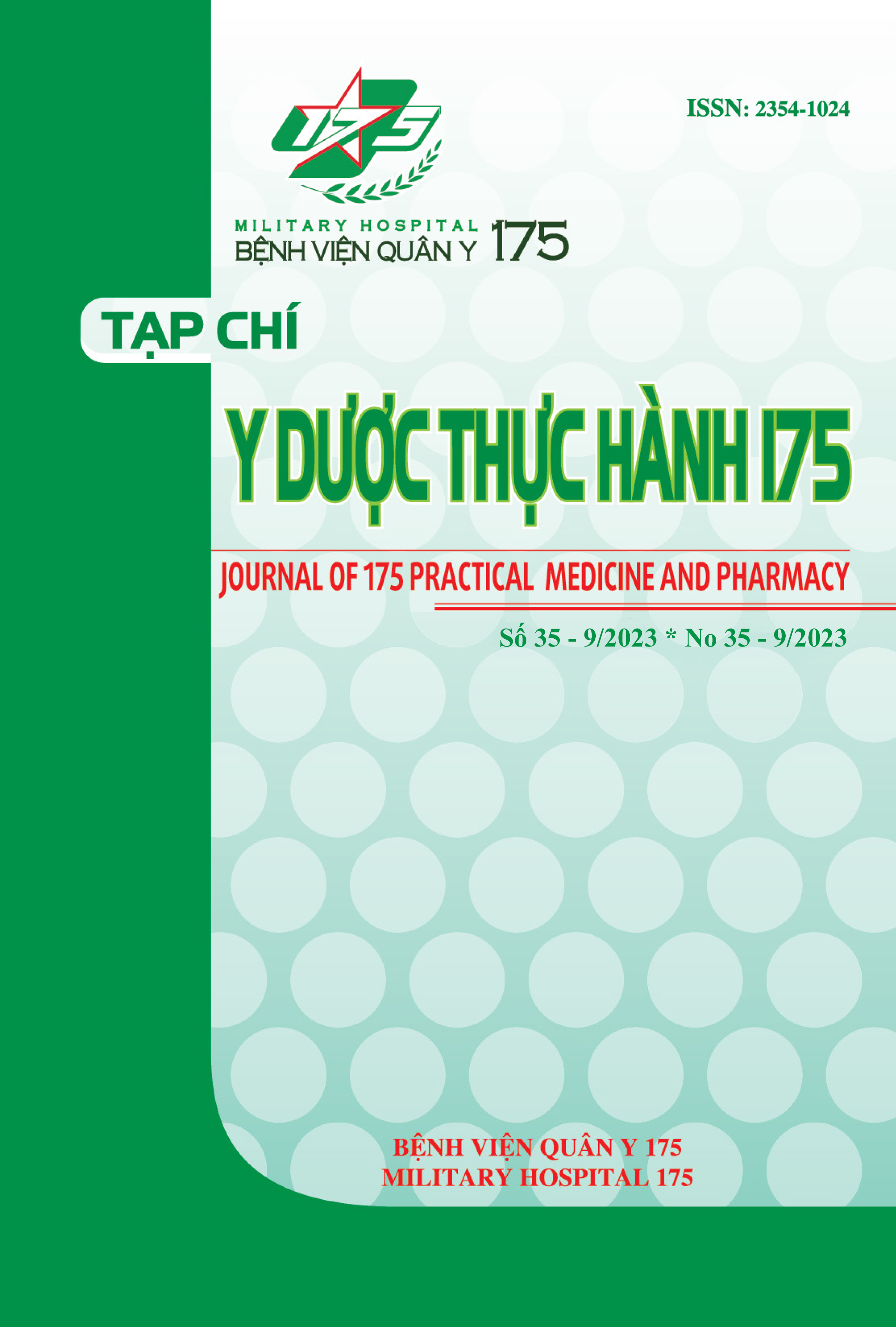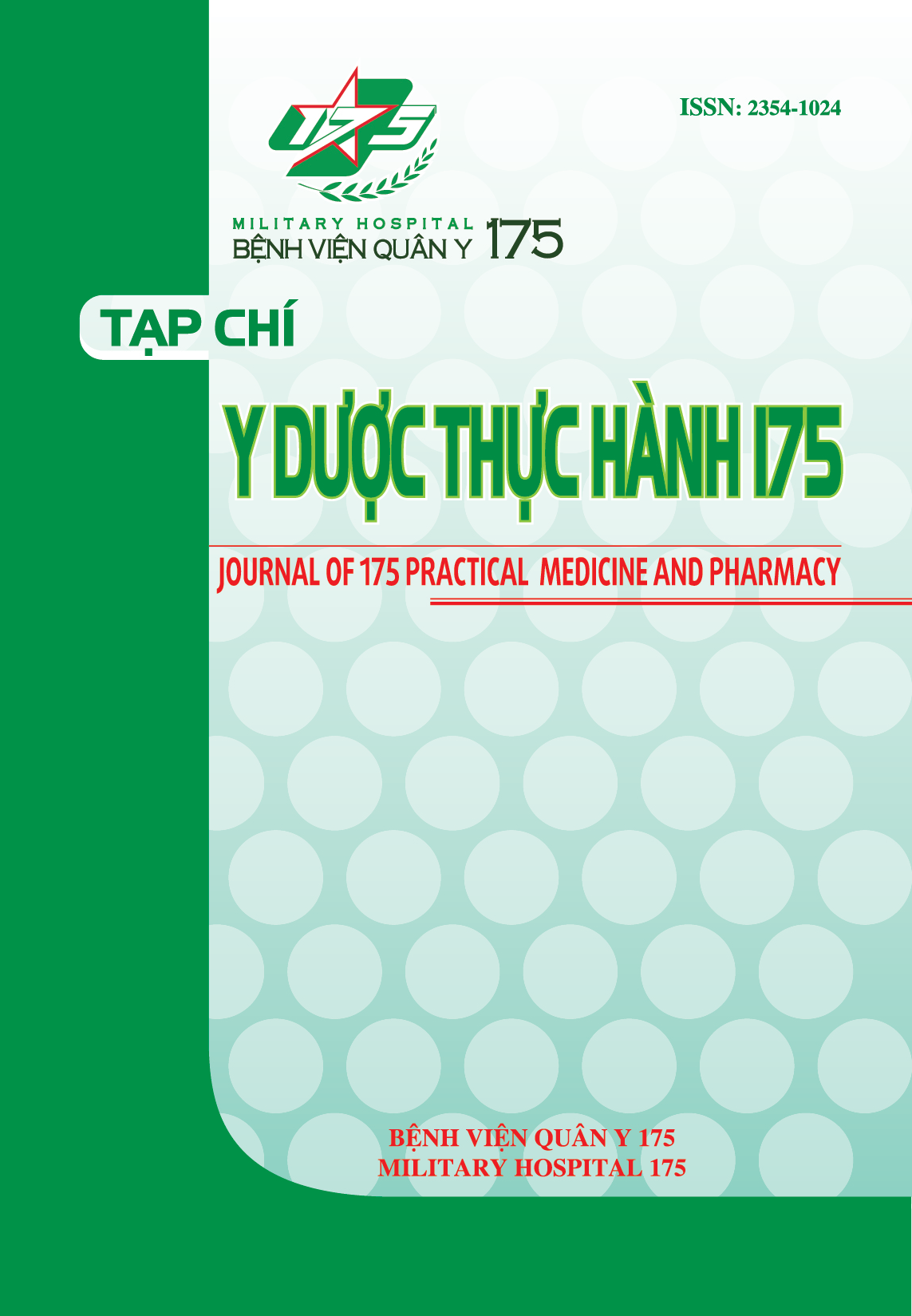EVALUATION OF SPINAL ANESTHESIA EFFECTIVENESS USING BUPIVACAINE WITH SUFENTANIL IN KNEE ARTHROSCOPIC SURGERY
Authors
DOI: https://doi.org/10.59354/ydth175.2023.212Keywords:
Spinal anesthesia, knee endoscopy, bupivacaine, sufentanilReferences
Katz, J.N., S.A. Brownlee, and M.H. Jones, The role of arthroscopy in the management of knee osteoarthritis. Best Pract Res Clin Rheumatol, 2014. 28(1): p. 143-56.
Cousins, M.J. and L.E. Mather, Intrathecal and epidural administration of opioids. Anesthesiology, 1984. 61(3): p. 276-310.
Akerman, B., E. Arweström, and C. Post, Local anesthetics potentiate spinal morphine antinociception. Anesth Analg, 1988. 67(10): p. 943-8.
Abouleish, E., et al., Combined intrathecal morphine and bupivacaine for cesarean section. Anesth Analg, 1988. 67(4): p. 370-4.
Bromage, P.R., A comparison of the hydrochloride and carbon dioxide salts of lidocaine and prilocaine in epidural analgesia. Acta Anaesthesiol Scand Suppl, 1965. 16: p. 55- 69
Aydın, F., et al., Comparison of bupivacaine alone and in combination with sufentanil in patients undergoing arthroscopic knee surgery. Knee Surg Sports Traumatol Arthrosc, 2011. 19(11): p. 1915-9.
Krobot, R., Unilateral bupivacaine-fentanyl or bupivacaine-sufentanil spinal anaesthesia for arthroscopic knee surgery. PERIODICUM BIOLOGORUM VOL. 113, No 2, 235–238, 2011, 2011.
Hassani, V., et al., Bupivacaine- Sufentanil Versus Bupivacaine-Fentanyl in Spinal Anesthesia of Patients Undergoing Lower Extremity Surgery. Anesthesiology and pain medicine, 2014. 4: p. e12091.
Downloads
PDF Downloaded: 54










